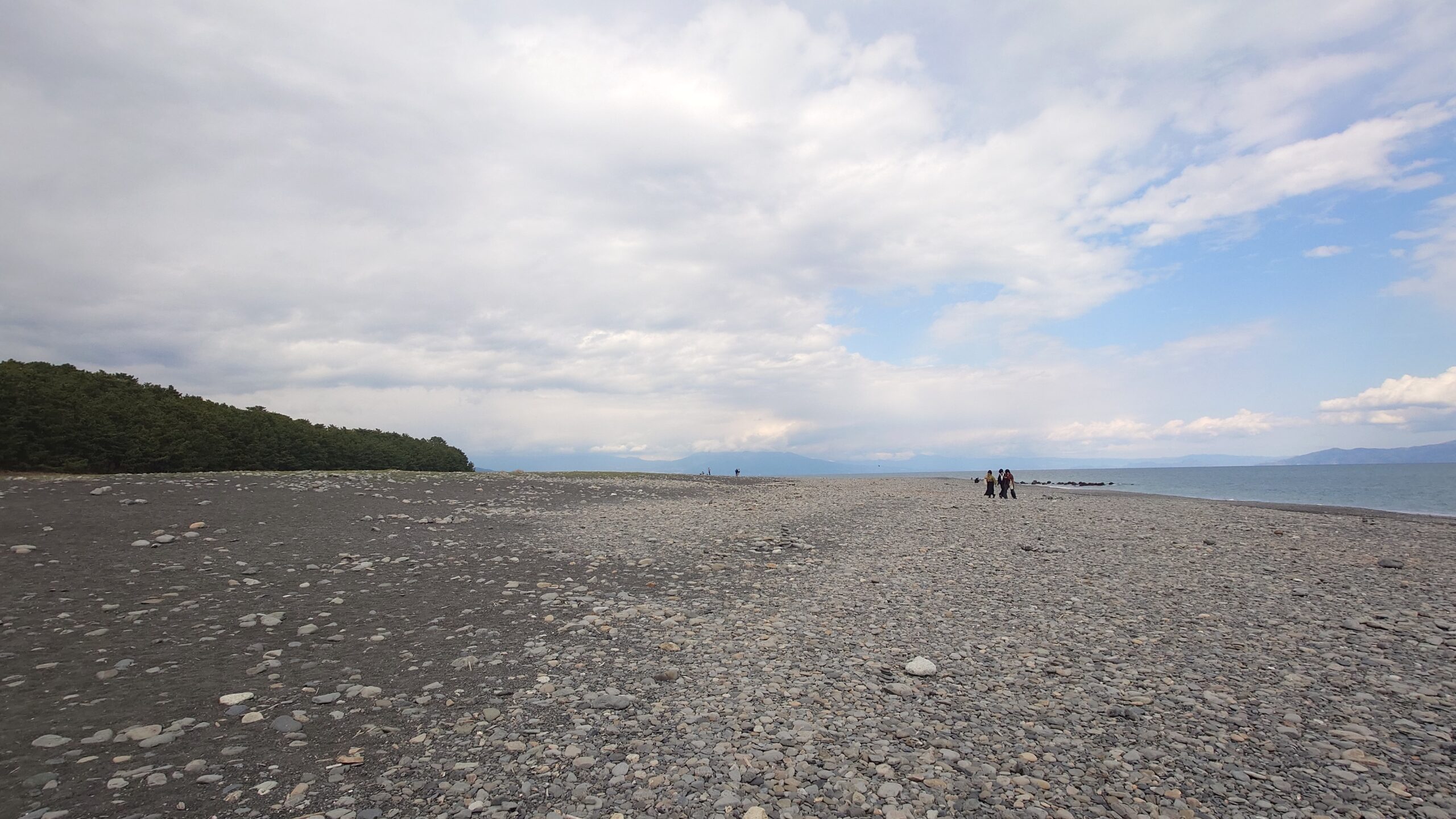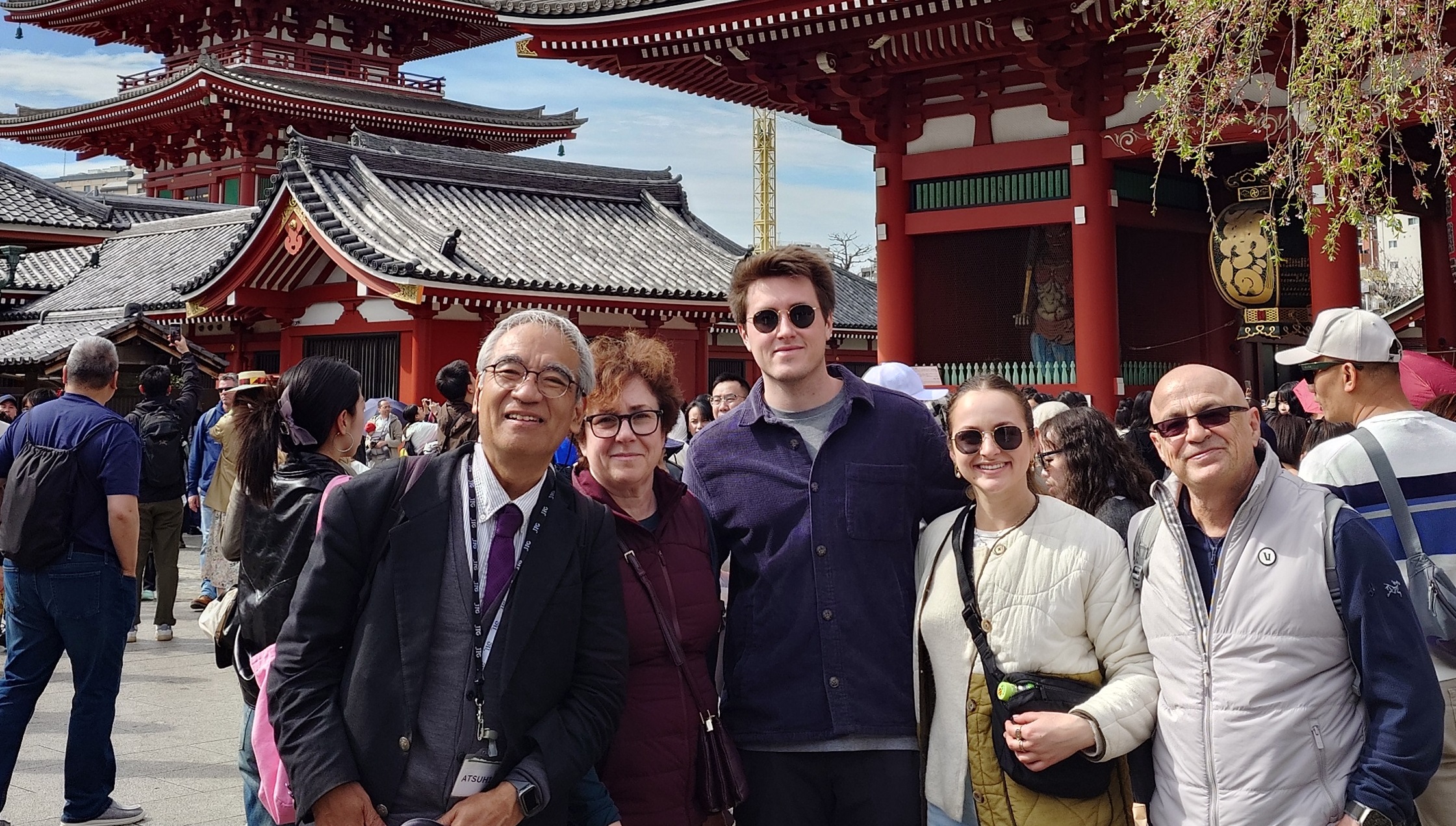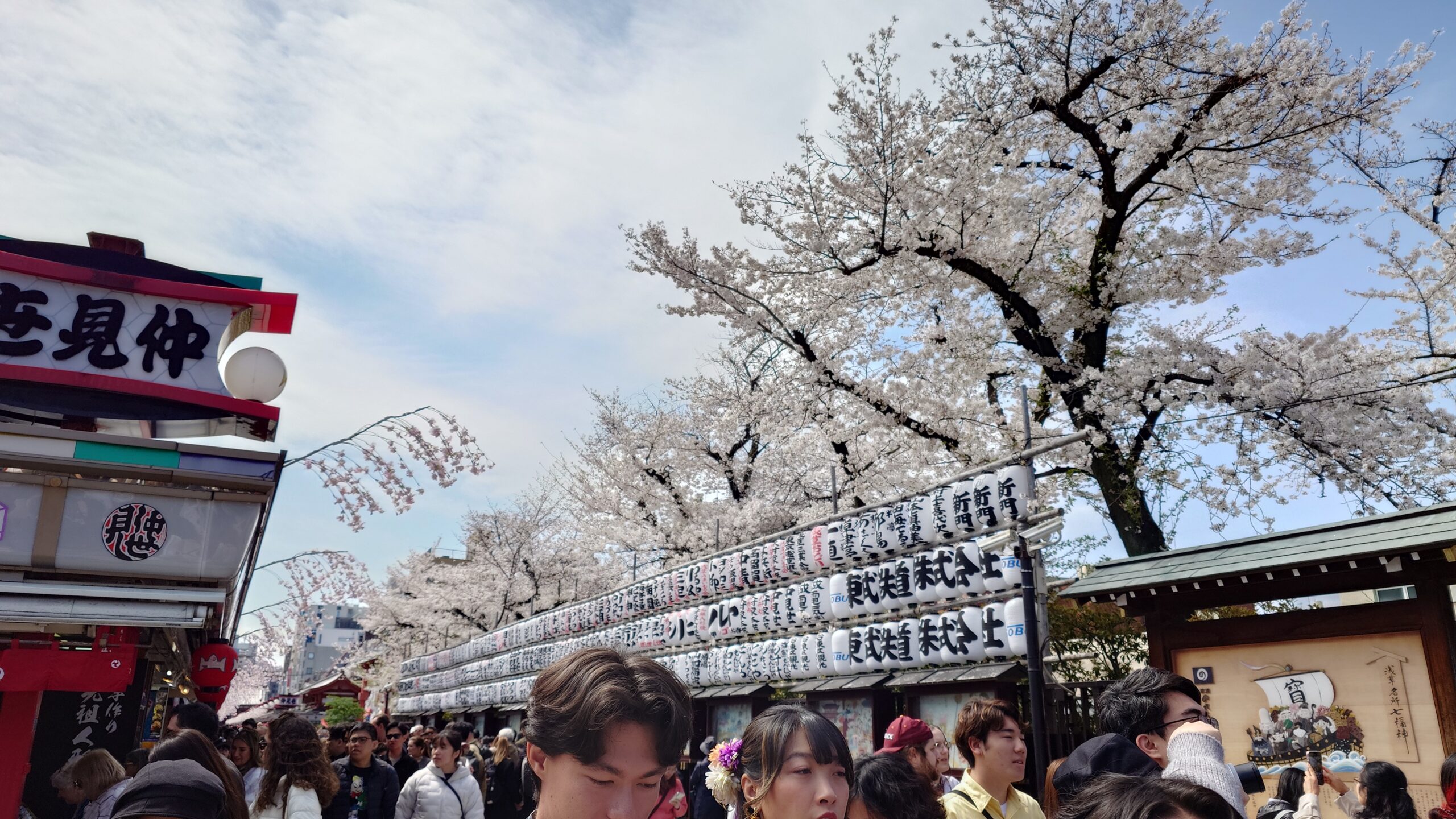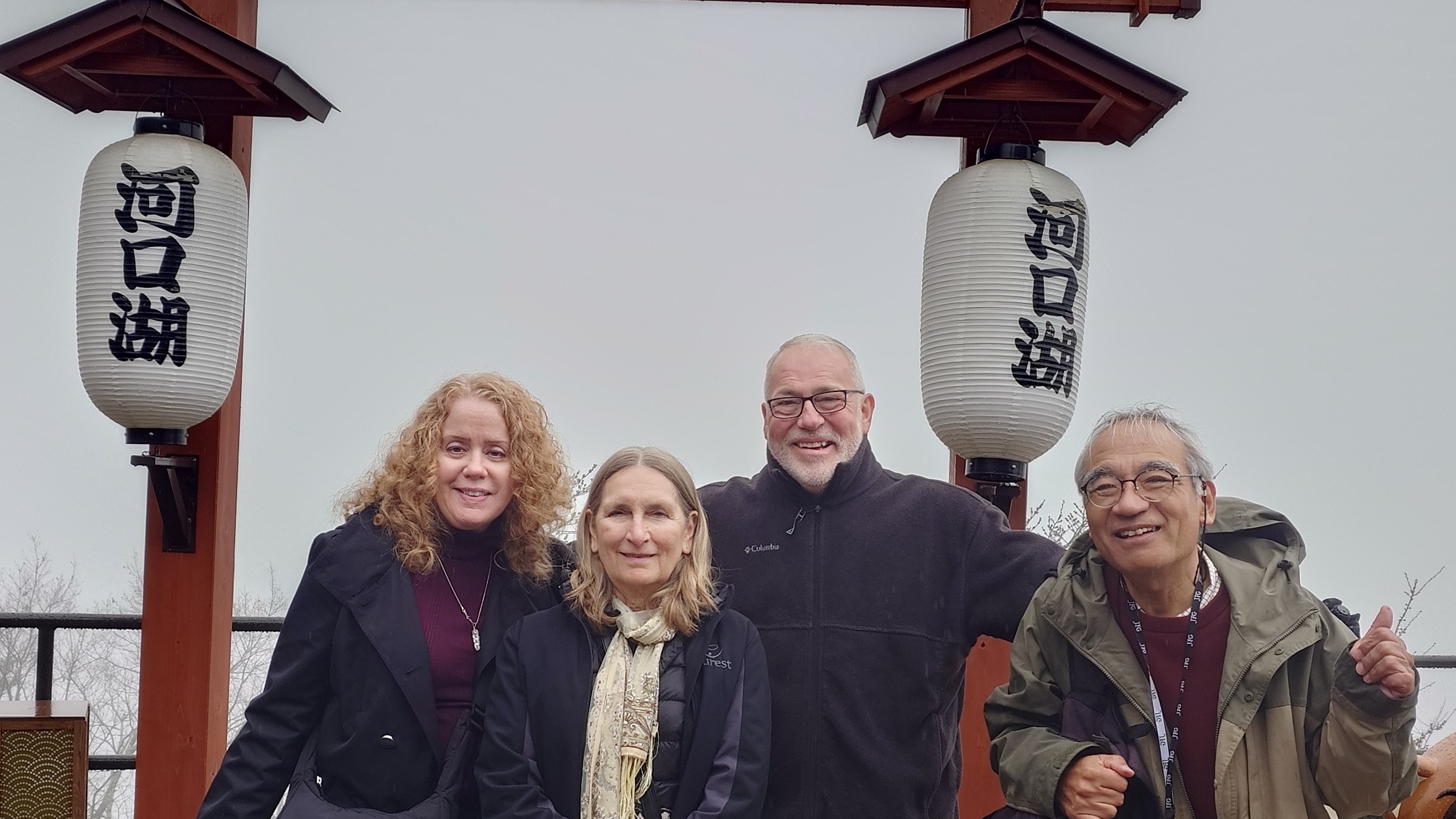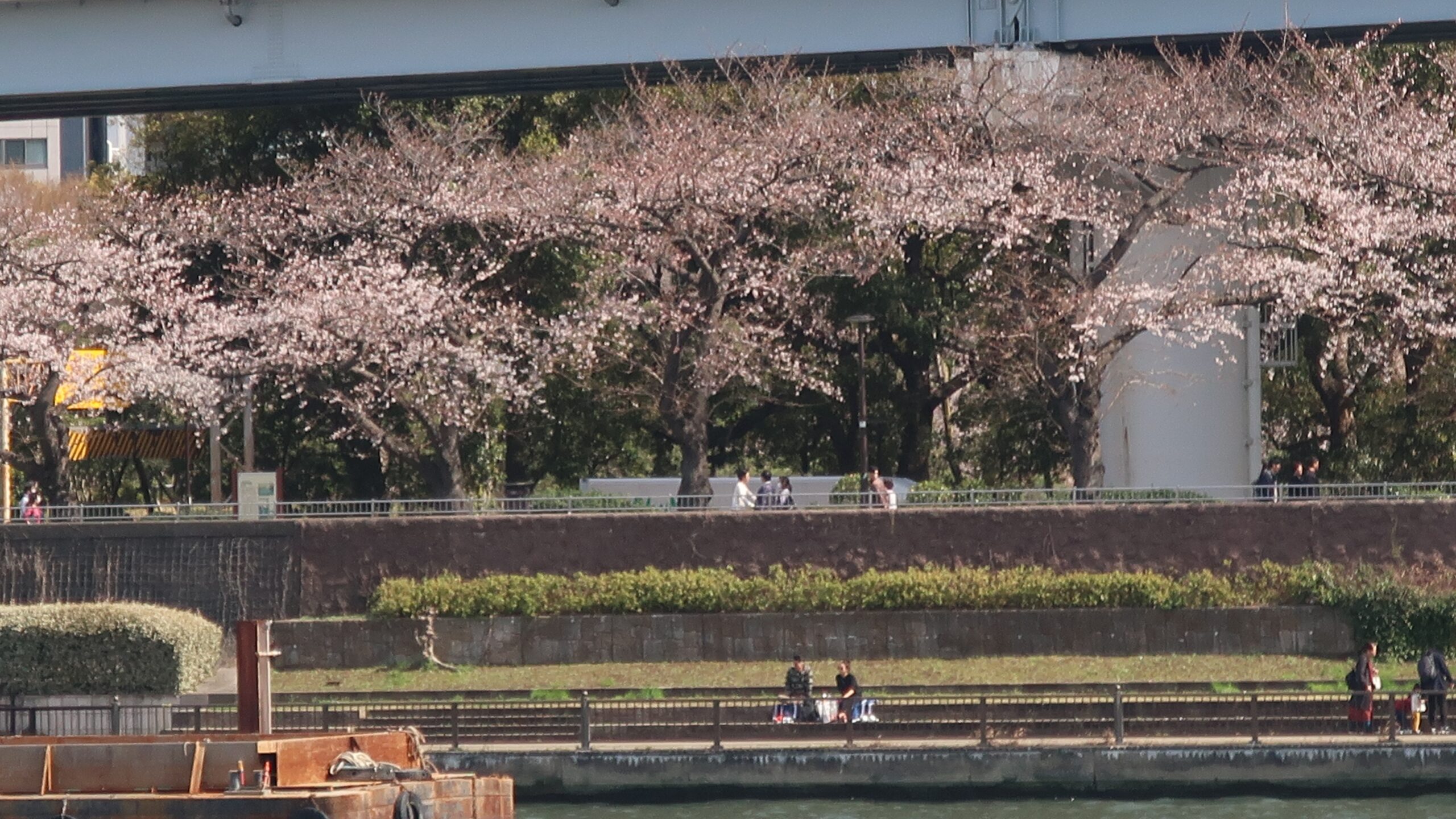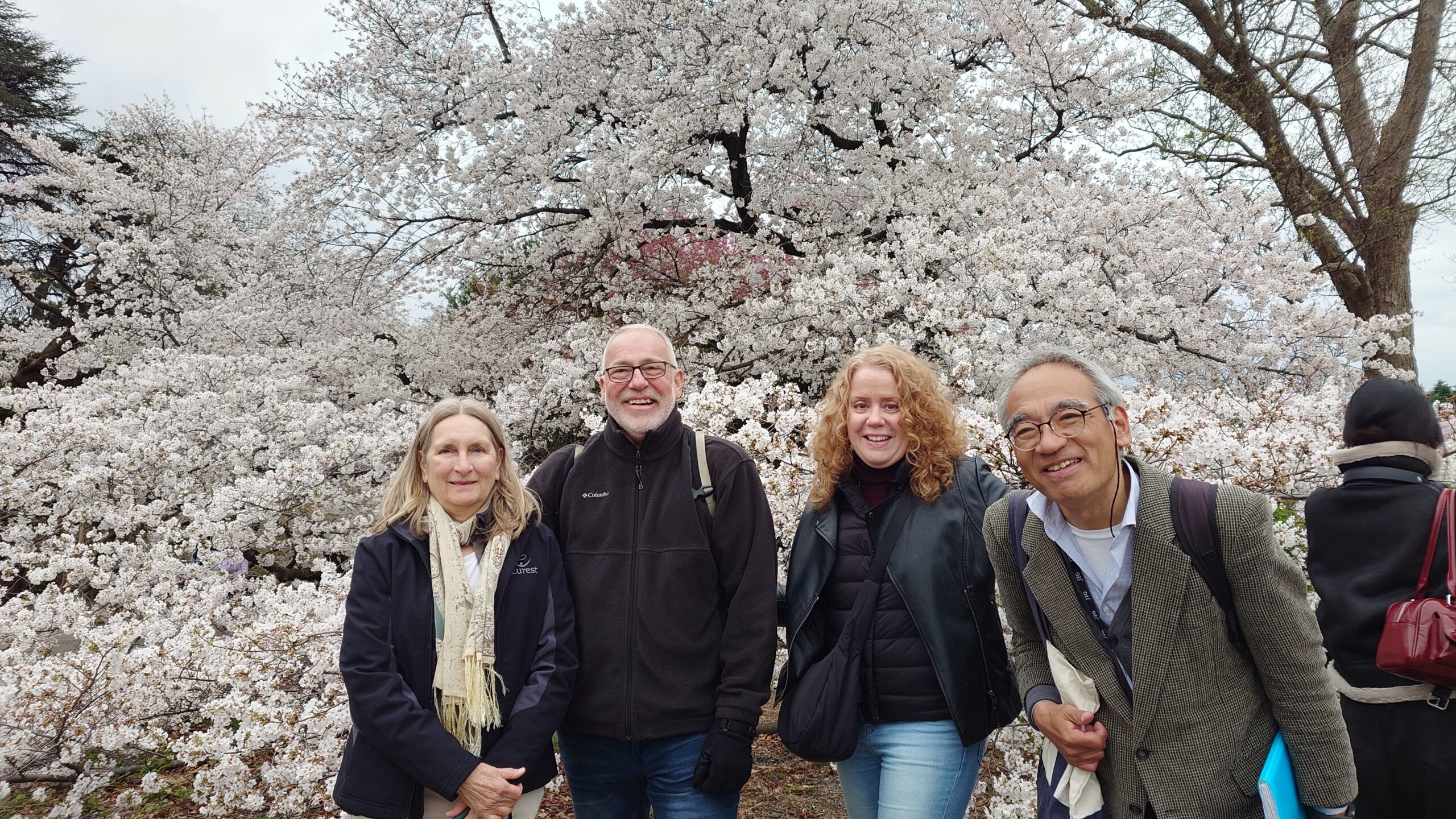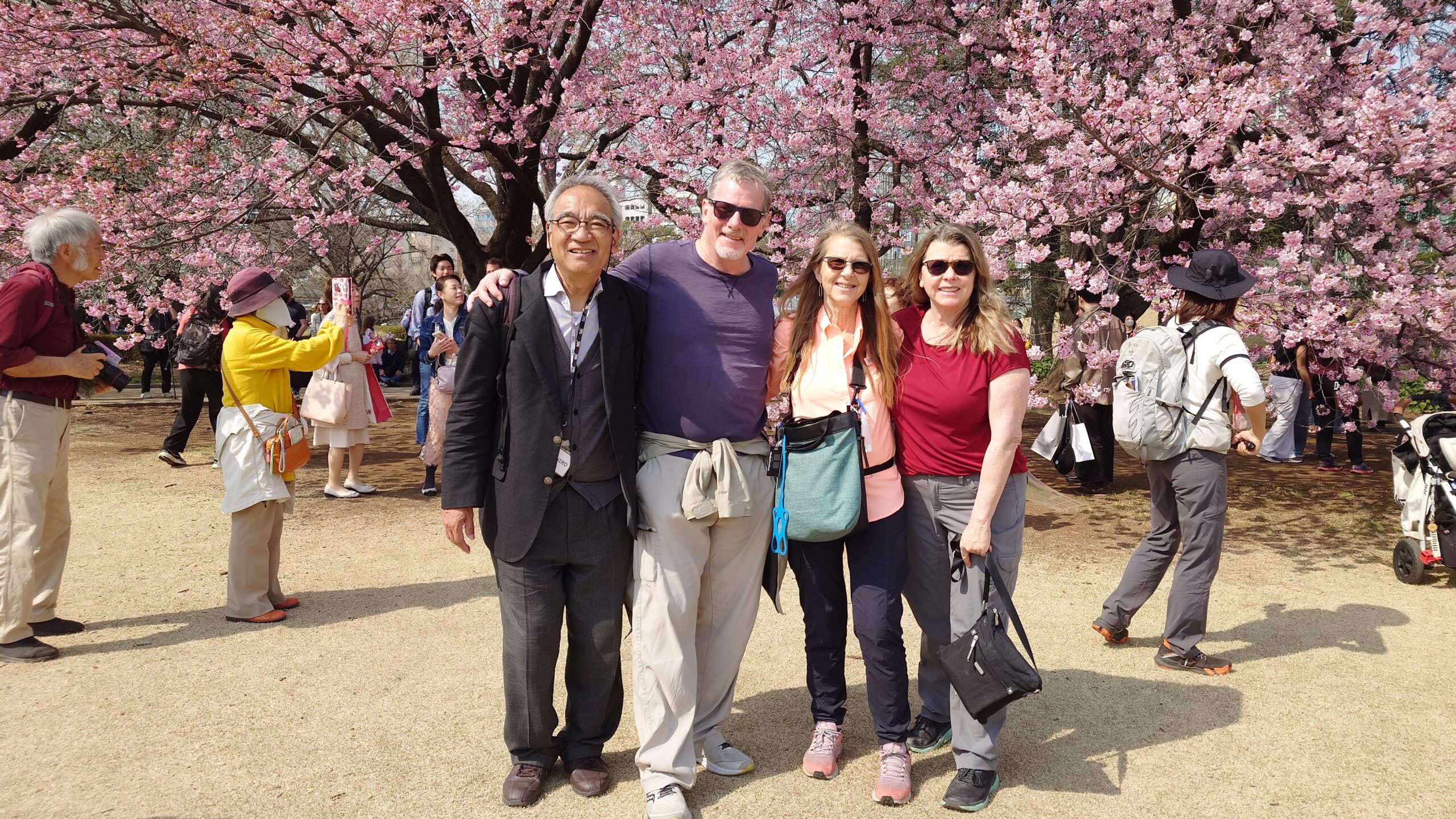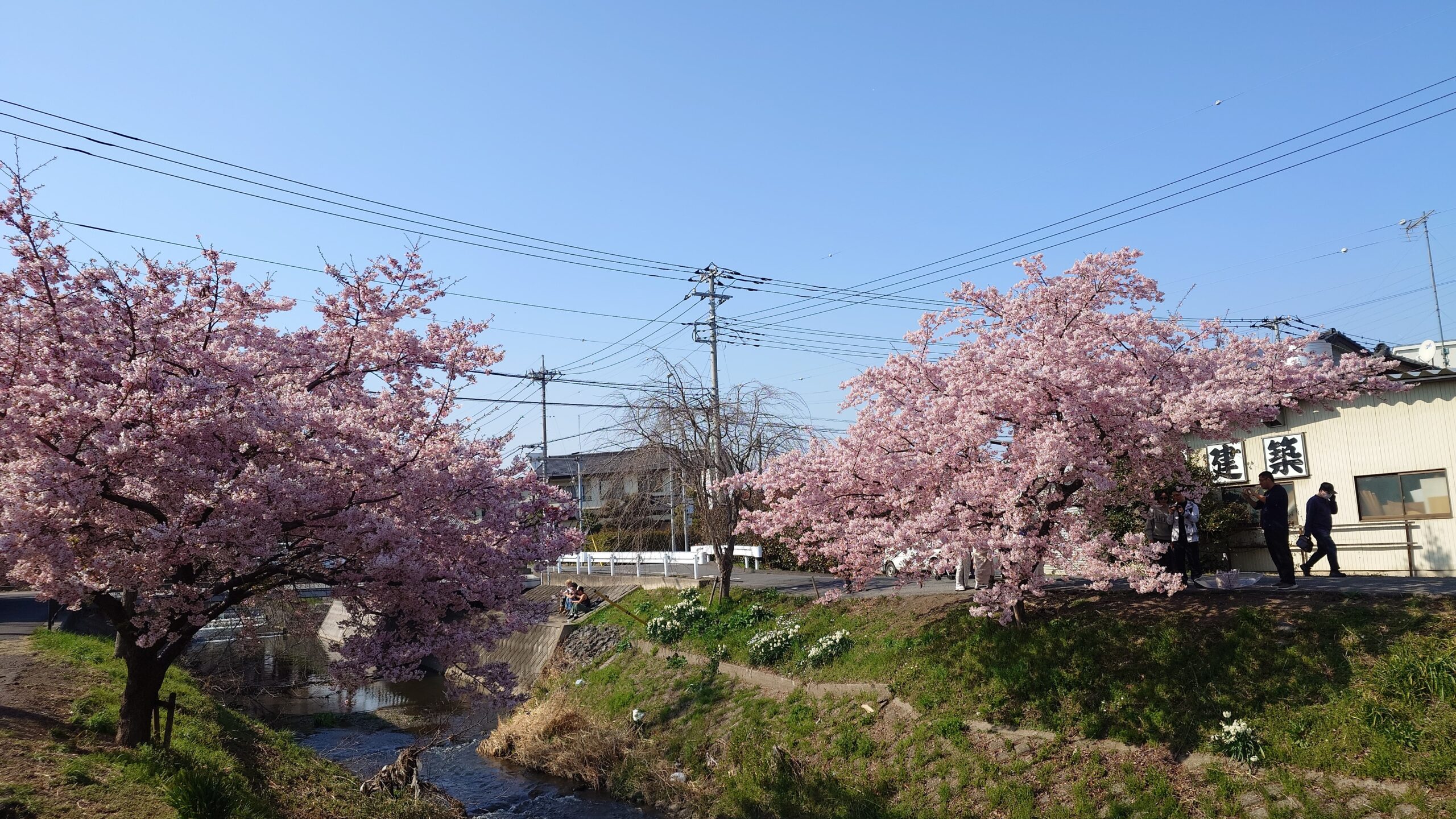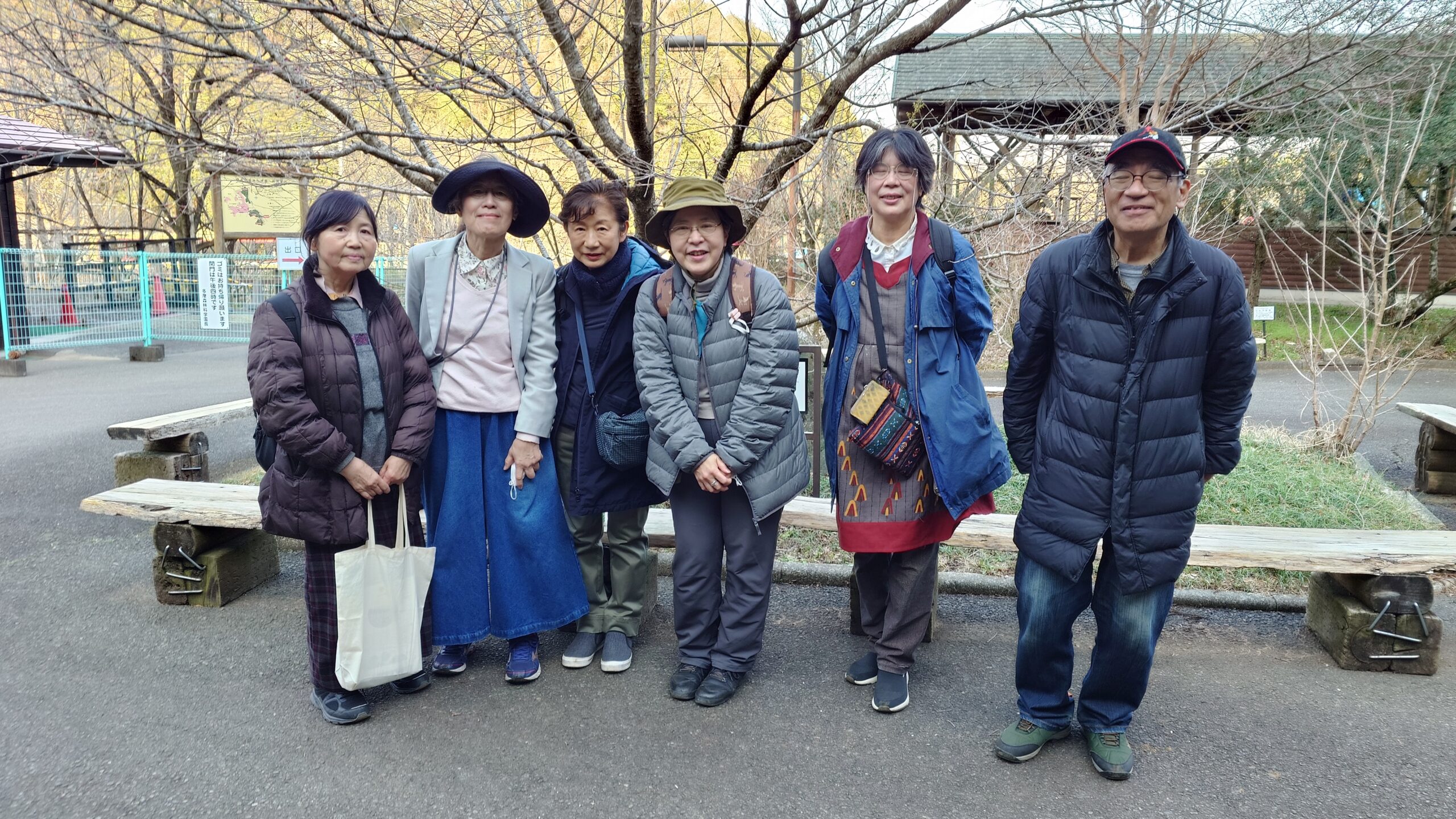I guided passengers of cruise ship to popular places in Shimizu city
Date: 7th April 2025
Today, I guided the Celebrity Millennium passengers who came to Shimizu Port to Shimizu city’s famous tourist spots.



Today’s my passengers were 40 people, and the tour bus was full to capacity. It was my first time to guide the passengers around Shimizu City by bus, so I was a little nervous. First, we headed for the scenic Miho’s pine beach. The passengers had already enjoyed the view of Mt. Fuji from the cruise ship, but they were looking forward to seeing Mt. Fuji in contrast to the beautiful pine grove. Also, since the time we stayed in Miho was short, I briefly explained the legend of the heavenly maiden on the bus and headed for the coast. Unfortunately, Mt. Fuji was hidden by clouds by the time we arrived the beach, but the passengers were able to stroll along the sandy beach as they pleased.



After that, we took the ropeway from Nihon-daira to Kunozan Toshogu Shrine. The stone steps leading to Toshogu Shrine are a bit steep, so after warning everyone to watch their step, I allowed them to stroll freely. Although it was a free stroll, I tried to explain important points such as the highlights of the building and Ieyasu’s mausoleum to as many people as possible by running around place by place. The cherry blossoms in the temple grounds were a little past their peak, but everyone still enjoyed themselves.



None of the 40 guests got lost, and we returned to the cruise ship right on schedule, so I received loud applause and words of praise from everyone when we arrived.
Review from the guest
The guide gave interesting explanations at key points, and was attentive to make sure no one got lost. We really had a great time.
